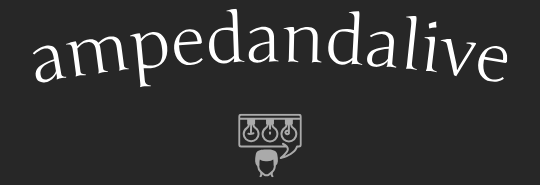Understanding the Essence of Art in Visual Communication
Artistry in Expression
Art, in its myriad forms, has always been a powerful means of communication. Through visual expression, artists convey emotions, ideas, and messages that transcend language barriers. The strokes of a brush, the play of light and shadow, the arrangement of shapes and colors—all come together to create a language of their own.
The Impact of Visual Elements
Visual communication in art is not just about what is seen on the surface; it’s about the emotions it evokes, the stories it tells, and the reactions it elicits. Artists harness the power of visual elements such as line, color, texture, and form to communicate complex ideas and evoke powerful responses from the viewer.
The Language of Colors
Colors hold immense significance in visual communication. Each hue carries its own meaning and emotional weight. From the vibrant energy of red to the calming serenity of blue, artists use colors strategically to convey mood, atmosphere, and symbolism. A splash of yellow can evoke joy and optimism, while deep shades of purple might speak of mystery and introspection.
Shapes and Forms as Visual Narratives
Shapes and forms play a crucial role in visual storytelling. A sharp, angular line may convey tension or conflict, while a gentle curve suggests fluidity and harmony. Artists sculpt their compositions to guide the viewer’s eye, leading them through a narrative without the need for words.
The Play of Light and Shadow
Light and shadow are the sculptors of visual communication, shaping and defining the essence of an artwork. The interplay of light can create drama, depth, and a sense of three-dimensionality. Shadows add mystery and intrigue, inviting the viewer to explore the hidden corners of the artist’s vision.
From Realism to Abstraction
In the realm of visual communication, artists have the freedom to move between realism and abstraction. Realistic depictions offer a clear, easily understandable narrative, while abstract forms invite interpretation and introspection. Both styles have their place in conveying ideas and emotions, each speaking to different aspects of the human experience.
Art as a Mirror of Society
Visual communication in art often reflects the social, political, and cultural landscape of its time. Artists become commentators, using their creations to critique, celebrate, or challenge prevailing norms. Through their work, they offer a lens through which we can view and understand the world around us.
The Viewer’s Role
Central to the art of visual communication is the viewer—the one who interprets, absorbs, and engages with the artwork. Each viewer brings their own experiences, perspectives, and emotions to the encounter, shaping the meaning and impact of the art in a deeply personal way.
The Evolution of Visual Communication
As technology advances and the boundaries of art expand, the ways in which artists communicate visually continue to evolve. Digital art, multimedia installations, and interactive experiences offer new avenues for exploration and engagement. Yet, at its core, the essence of visual communication remains rooted in the timeless elements of artistry and expression.
A Universal Language
In a world where languages and cultures diverge, art stands as a universal language that speaks to the human soul. Whether it’s a Renaissance masterpiece, a contemporary sculpture, or a street mural, art in its myriad forms continues to bridge gaps, spark conversations, and inspire change.
The Legacy of Visual Communication
As we navigate the complexities of the modern world, the art of visual communication remains a steadfast companion, offering solace, provocation, and connection. It reminds us of the power of creativity to transcend boundaries, ignite imaginations, and forge bonds across time and space. Read more about art visual communication

